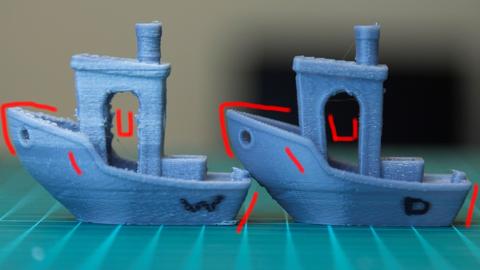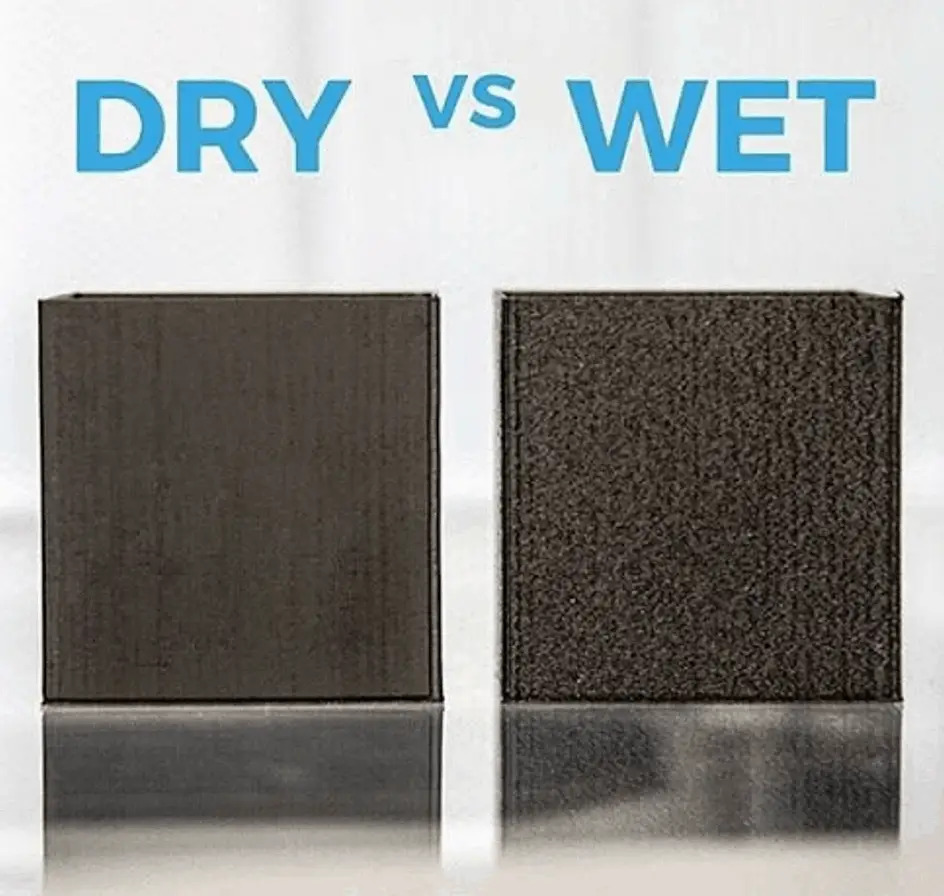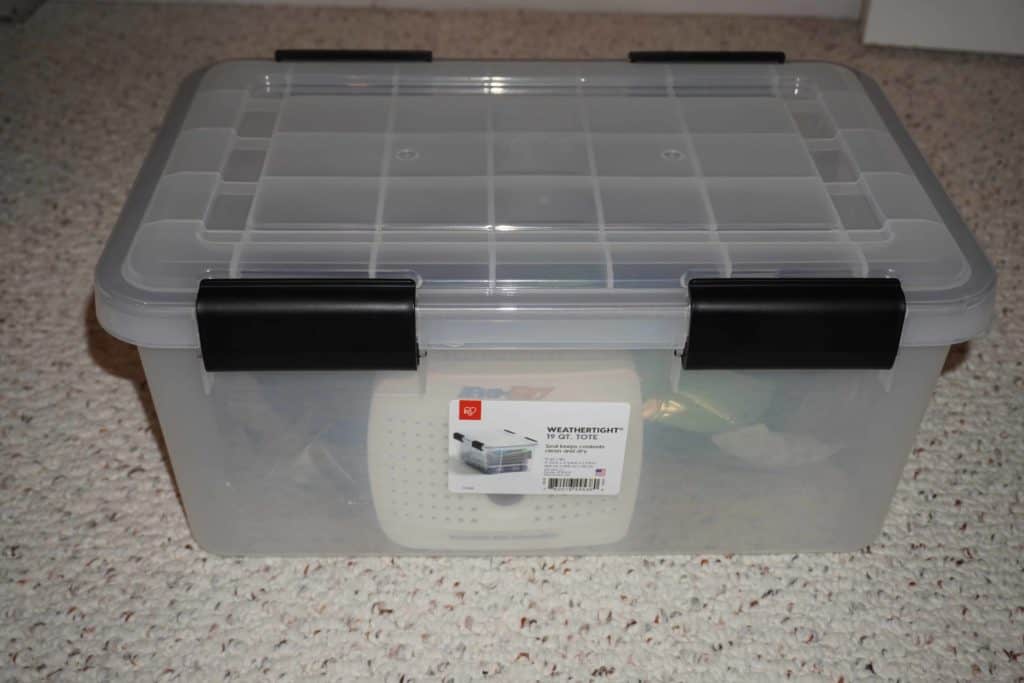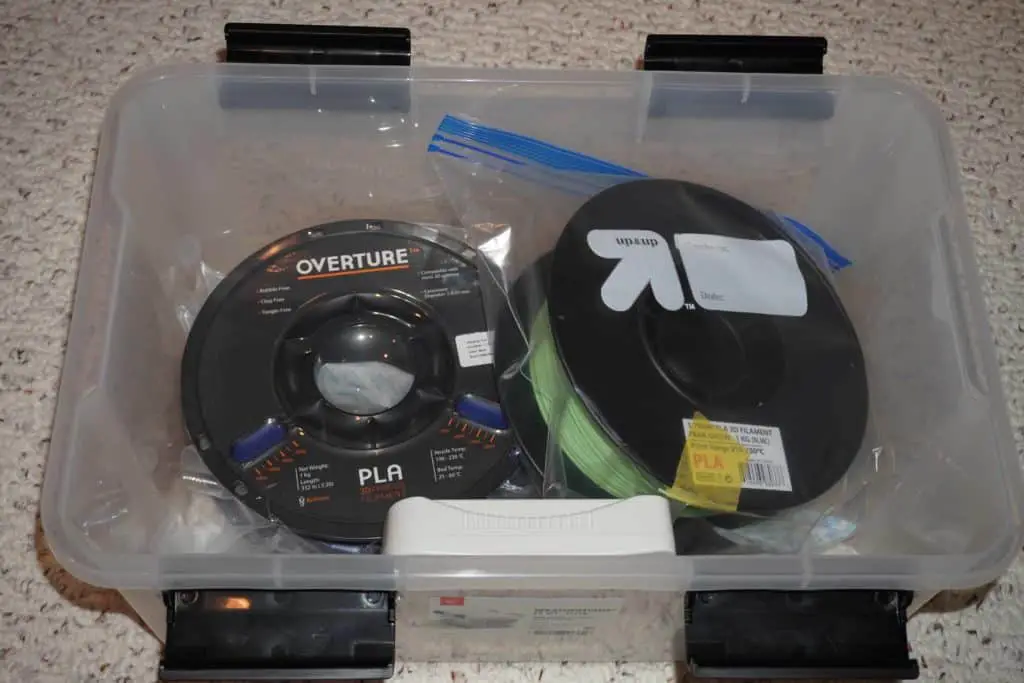Not properly storing your open filament between prints can ruin the filament and cause print issues. Troubleshooting 3D printings issues can be a difficult and time-consuming task. There are many factors that come into play such as filament quality and type, extruder temperature, print bed temperature, filament flow rate, filament not sticking to the bed, bad filament, etc. With all that, you want to try to control the factors you can and like keeping your filament dry and out and away from dust.
Why Should I keep my filament dry?
Most of the commonly used filaments in our hobby are hygroscopic, meaning they absorb moisture from the air. You may be thinking that this isn’t a big deal (I know I was the first time I heard about it) but in reality, it really is. Excessive moisture in your filament can cause the filament thickness to be inconsistent and affect the quality of your print or even cause your prints to fail.
Potential Problems Include
Low-quality prints: Your print can end up being stringy with rough patches and sometimes gaps (see example below).

Jammed print heads: The moisture can cause the filament to swell in size. This, in turn, can jam the print head. In some cases, you will be able to clean the head and reuse it but in others, you may end up having to replace it, either way, your print will most likely have a failed print.
Weaken Filament: Excessive moisture has been known to cause micro-breaks in the filament structure which can cause breaks and weaken the final product.
Reduced lifespan: Filament can last 2-3 years in the original vacuum-sealed packaging and about a year after removed if stored correctly, or a month or so if not. That said, some filaments can degrade in as short as a week.

*Note: Not all filament is made equally and results will vary based on manufacture, filament type, and local environment variables.
Storage Options

Generic Watertight Containers: You can use generic watertight storage containers that are available pretty much anywhere at a reasonable price. You will want to consider how many rolls of filament you plan on storing in it and what you will be using to control humidity to help choose a size, I’m using a renewable mini dehumidifier from Amazon that cost me about $15.
You may also want to store your open filament rolls in a Ziplock bag (described below) in the container as well. This is what I have been doing and it has been working out well for me so far and I only paid $16 for the container.
Filament Storage Bags: There are multiple types of bags available on Amazon specifically designed to store and carry a single filament roll. Some of the nicer ones have pockets to hold silica gel packs built into them. You can buy them in multiple quantities but the good ones seem to be running about $13 a bag when bough in 2 packs or as cheap a $7 a bag if you purchase a 10 pack. I personally haven’t needed to use storage bags but they can be a good option if you don’t have space to store a larger container.
Filament Storage Box: I tend to think of filament storage boxes as a container used while the spool is in use, not for actual storage. If you are running PLA filament, run through the spool quickly (under a month or so), and the humidity in your house isn’t to high you probably won’t need one of these. If you want to use more sensitive filaments or leave them around for a while you should really consider one. I ended up getting a cheaper one to allow me to easily mount the filament roll off the printer gantry which is where mine was “designed” to be mounted.
Vacuum Bag: If you have filament that is open and you don’t plan on using it for months vacuum-sealed bags may be a good option. You would put a spool in a bag along with a small pack of silica gel and it should last for months, maybe longer. With a vacuum-sealed bag, you are removing all the air and humidity, similarly to how the filament is shipped.
You can buy the bags from pretty much any major retailer but they can get a little pricey. The biggest downside I see with vacuum-sealed bags is the amount of time it takes to seal everything up though I guess if you have a vacuum nearby its not that bad.
Ziplock: If your looking for a cheap option you can use large Ziplock bags with silica gel packs in it. This may be an ok option if you are only storing the filament for a short duration (a couple days) before using it again. I would not recommend this option at all for any of the more sensitive filaments like nylons.
Moisture Control Options
Silica Gel: Silica gel is a desiccant and is by far the most common option used to remove moisture. It can be purchased on Amazon for a reasonable price, or you can just collect all the packs that come in everyday purchases as I do.
Being a desiccant, silica gel can typically hold 30-40% of its weight in water but will eventually hit a point that it can’t absorb any more moisture. How long the gel packets can last will depend on many variables outside our control including how it was stored, the humidity around it, temp, etc. so I don’t want to try to provide an estimate. That said, I’ve seen several articles online indicating that the average lifespan is 4-12 months.

Mini Dehumidifier: Most of the mini dehumidifiers I’ve seen that don’t use batteries utilize Silica Gel packed into a small form factor so they have all the same characteristics. The biggest differences between using a mini dehumidifier and standard silica packets are that you can recharge the gel in the mini dehumidifier by just plugging it into an outlet (takes 8-10 hours) and you can visually see when the unit needs to be recharged.
Inline Filament Dryer: There are also inline dryers that you can use but that is not cheap. I personally have not used one and don’t think it would be a viable replacement for storing your filament properly. If any of you guys have used an inline dryer please leave a comment, I would be interested in hearing about your experiences with it.
My Choices
For storage, I’m personally using a 19 quart “weathertight” (link to Amazon) storage box along with an Eva-Dry mini dehumidifier (see picture below). I picked both of these up on Amazon for about $30 total.
During prints I’m using a storage box I just picked up (review to follow after I’ve used it for a couple of months) that has feed options from both the top and side along with a thermo-hydrometer. I ended up getting this as a simple solution to move the filament of the gantry and mount it on the shelf above my printer.
If you would like any additional details or have any questions please leave a comment below. If you liked this article and want to read others click here.


